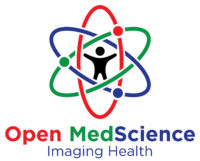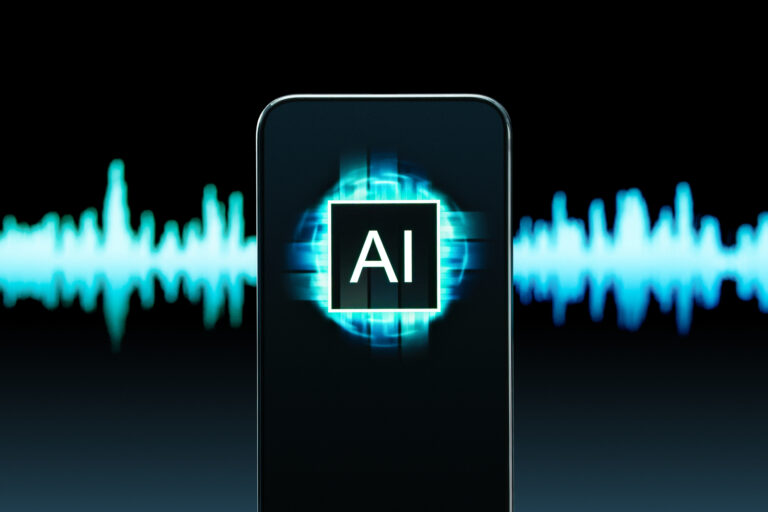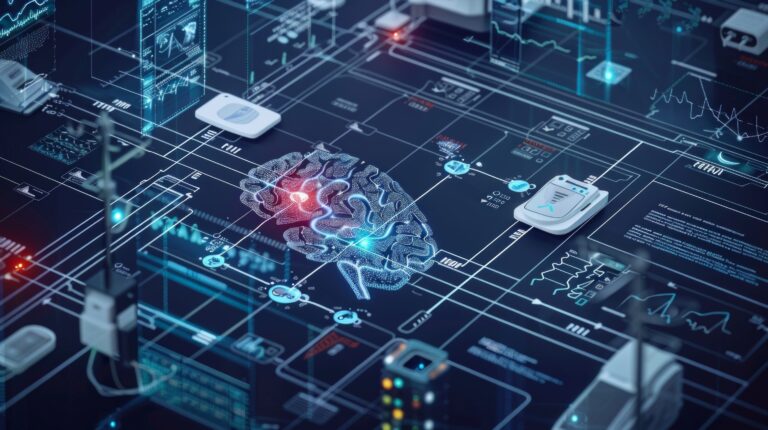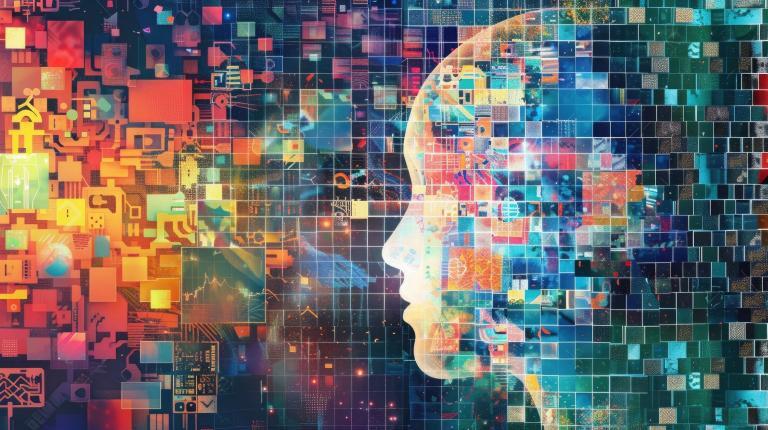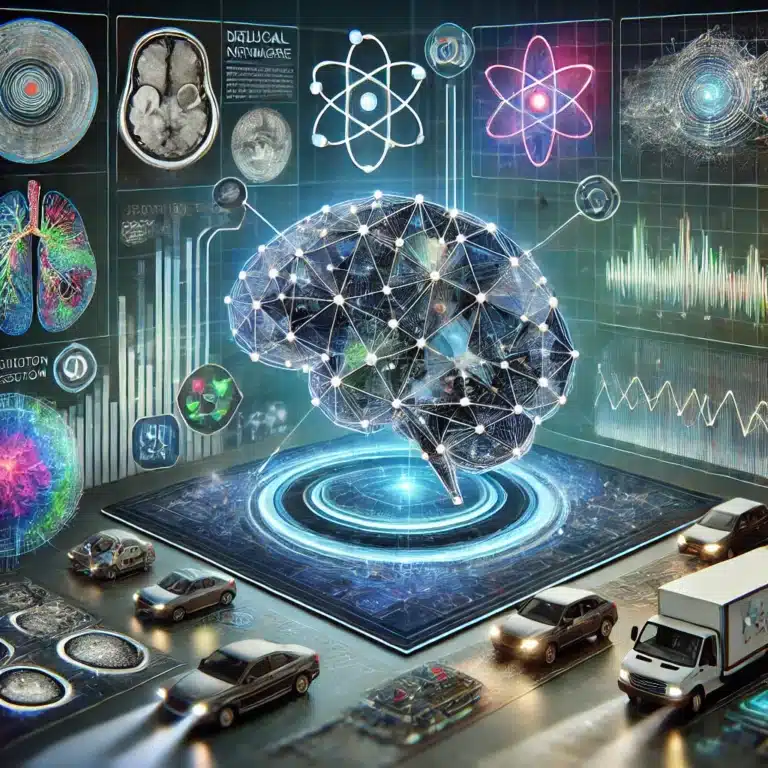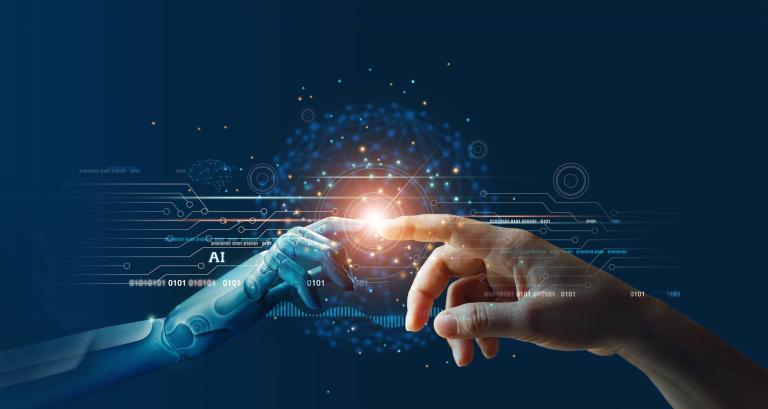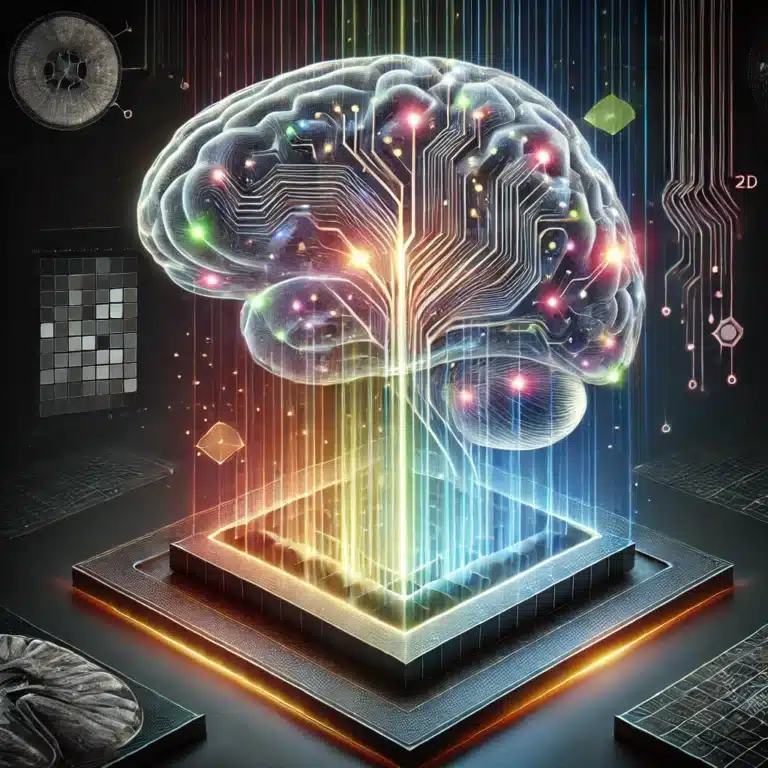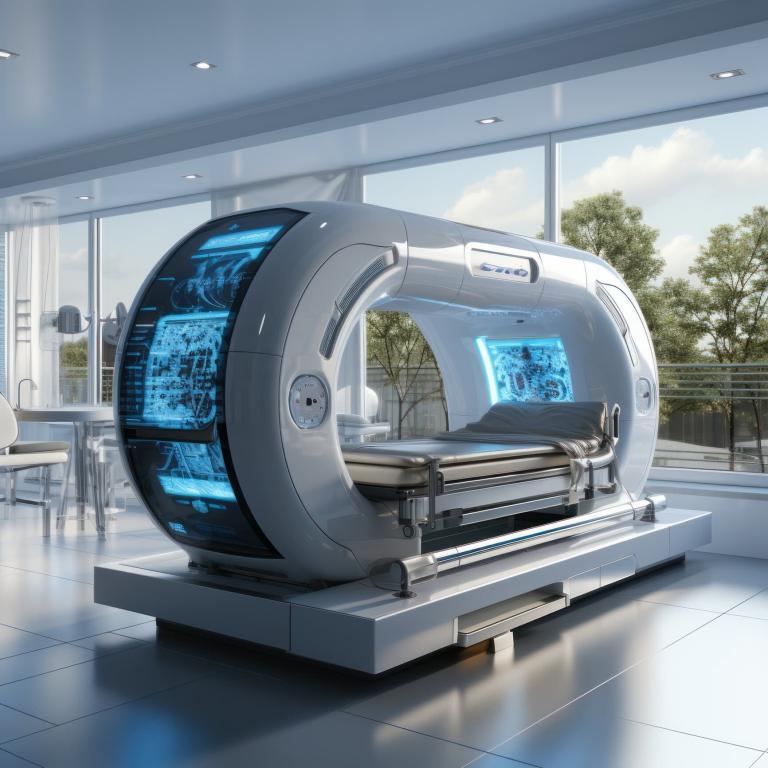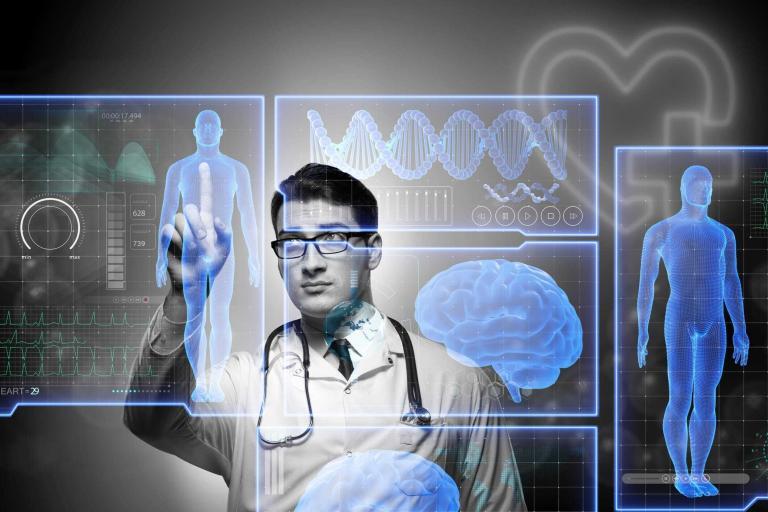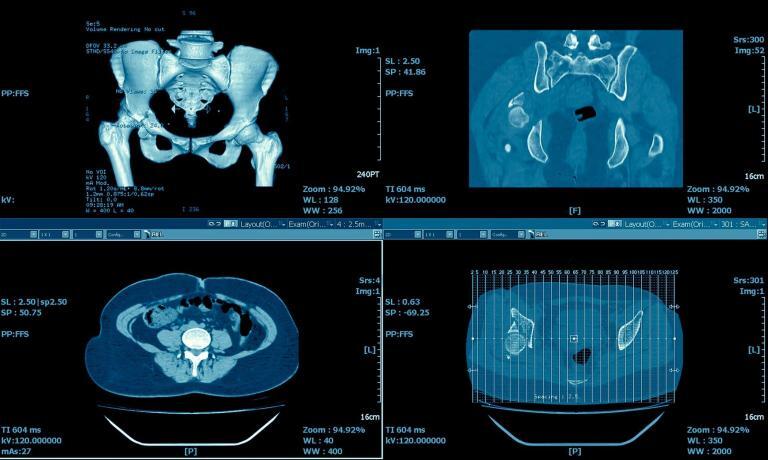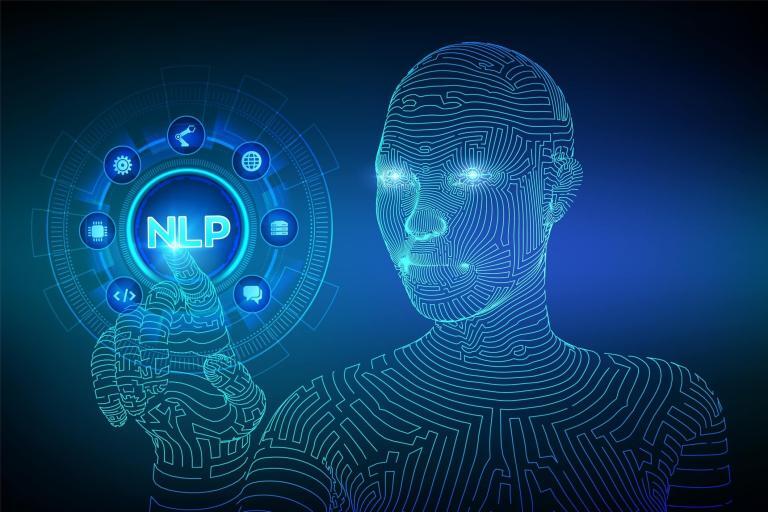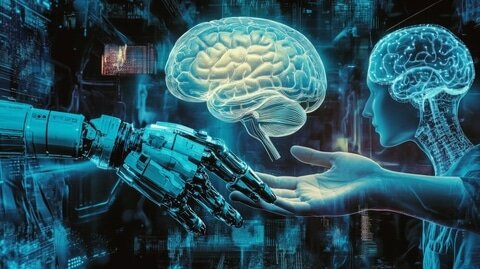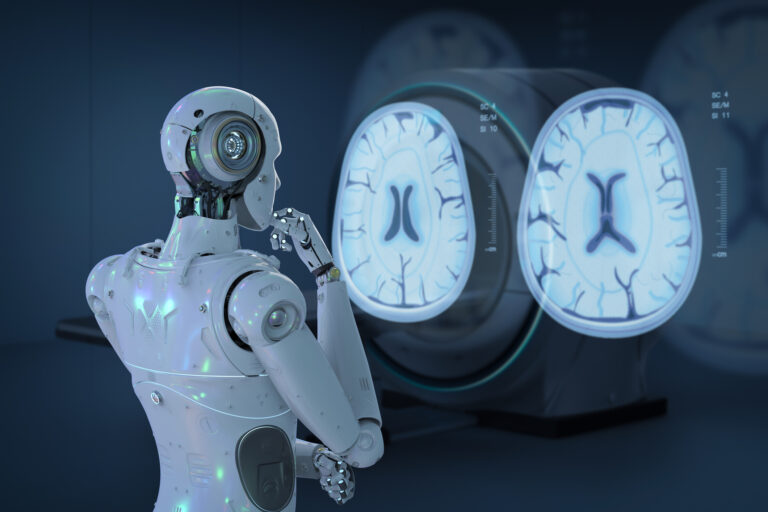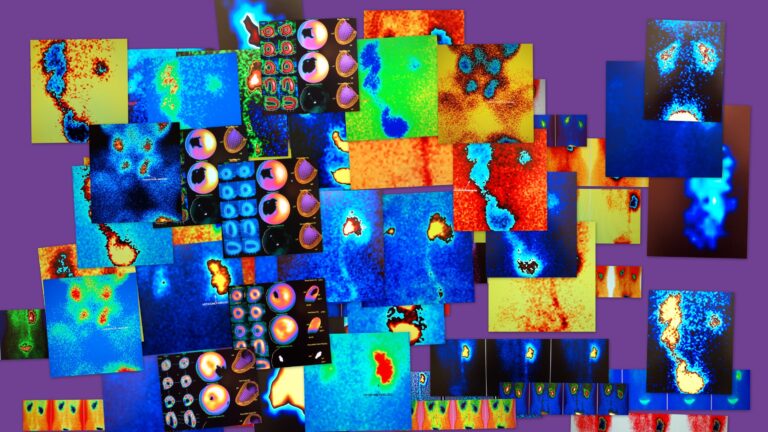Machine Learning
Machine learning (ML) is a technique for recognising patterns that can be applied to medical images. This process starts with the machine learning algorithm system by computing the image features to predict or diagnose a disease state.
The machine learning algorithm system identifies the correct combination of these image features for classification or computing a given metric for a particular image region. In addition, machine learning is a branch of artificial intelligence (AI) with a human component that enables the extraction of important patterns. However, in some cases, computers can see patterns beyond human perception.
Therefore, machine learning algorithms are potentially useful for computer-aided diagnosis and decision support systems. The application of ML to medical images assisted by computer-aided detection and diagnosis using algorithms can be used to analyse medical imaging findings and reduce interpretation times.
These machine learning algorithms have been used for pulmonary embolism segmentation with computed tomographic (CT) angiography in the clinical setting. In addition, ML is used in polyp detection with virtual colonoscopy or CT in colon cancer, breast cancer detection and diagnosis with mammography.
This is in addition to brain tumour segmentation with functional magnetic resonance imaging and also to diagnose neurologic diseases such as Alzheimer’s disease.
There are several definitions used in machine learning:
Classification: This assigns a class or label to a group of pixels – such as those labelled as a tumour – via a segmentation algorithm.
Model: A set of weights or decision points a machine learning system learns.
Algorithm: A series of steps taken to create the model to predict classes from the features of the training examples.
Labelled data: A set of examples (images), each with the correct answer.
Training: The machine learning algorithm system is given labelled example data with the answers (labels).
Validation set: A set of examples used during training, referred to as the training set.
Testing: In some cases, the third set of examples is used for real-world testing.
Node: A part of a neural network involving two or more inputs, including an activation function.
Layer: A group of nodes that computes outputs from one or more inputs.
Weights: Each input feature is multiplied by some given value or weight.
Segmentation: The splitting of the image into components.
Overfitting: When a classifier is too specific for the training set, it becomes less functional because it is familiar with only those examples.
The clinical impact of machine learning algorithms and artificial intelligence used in the clinical practice setting may allow radiologists to further integrate their knowledge with other medical specialities to advance precision medicine.
You are here:
home » machine learning
